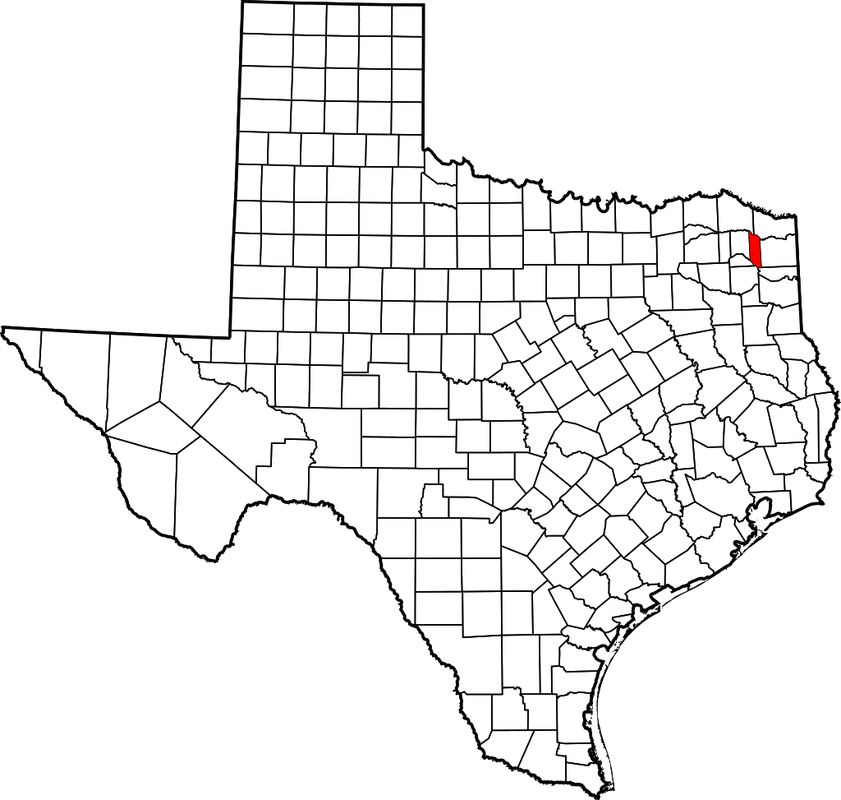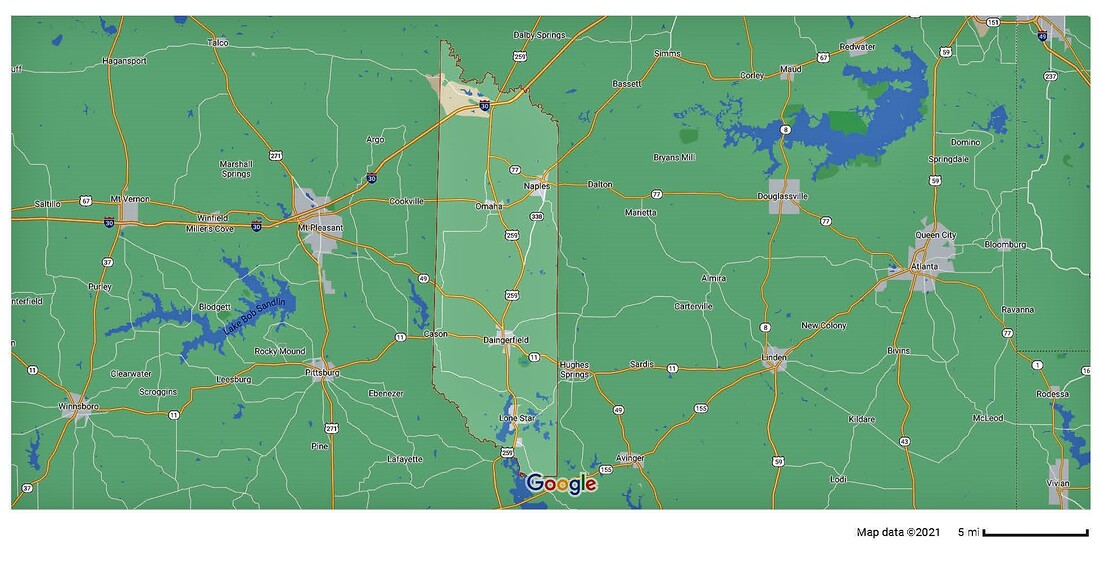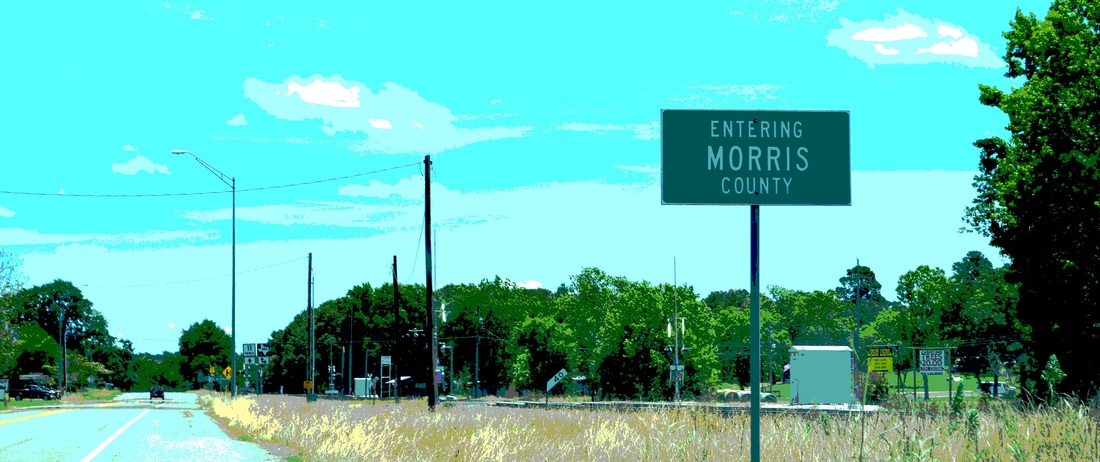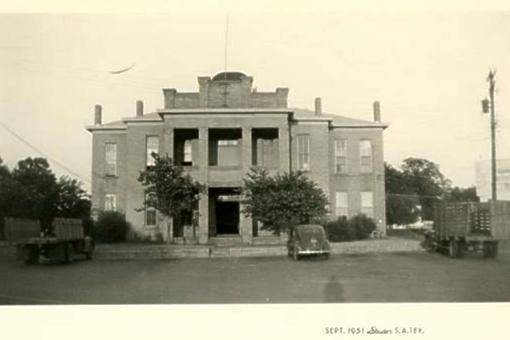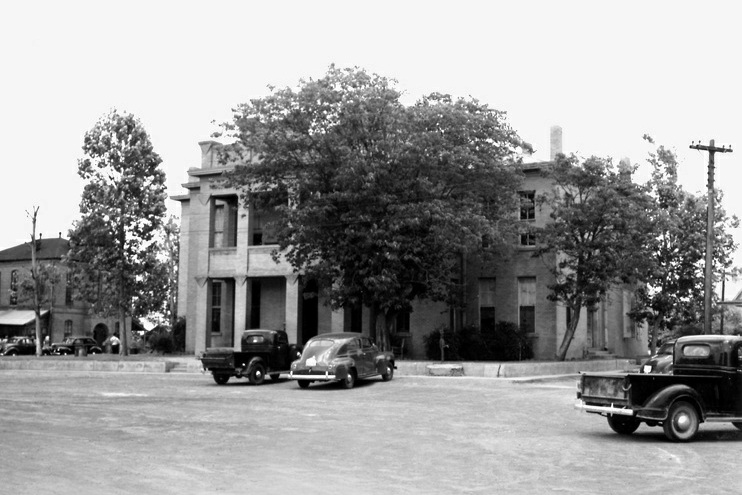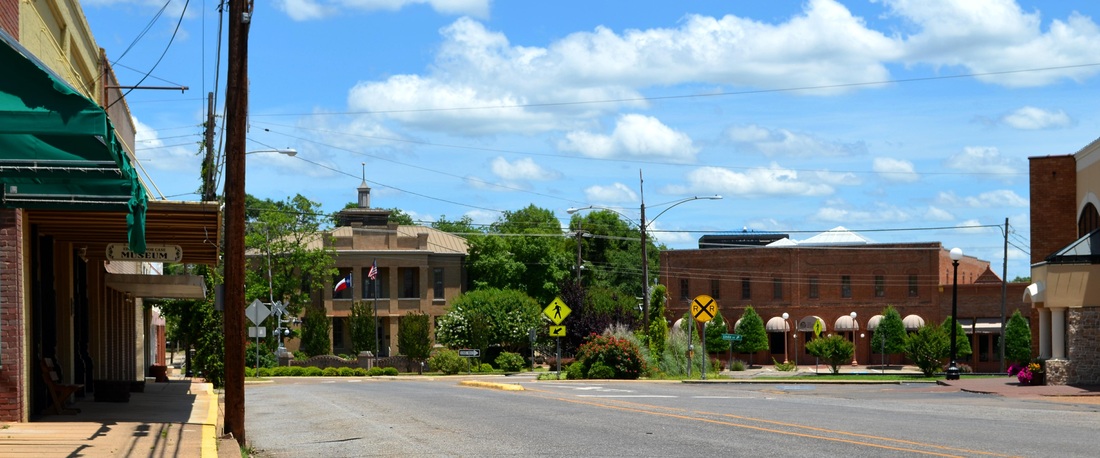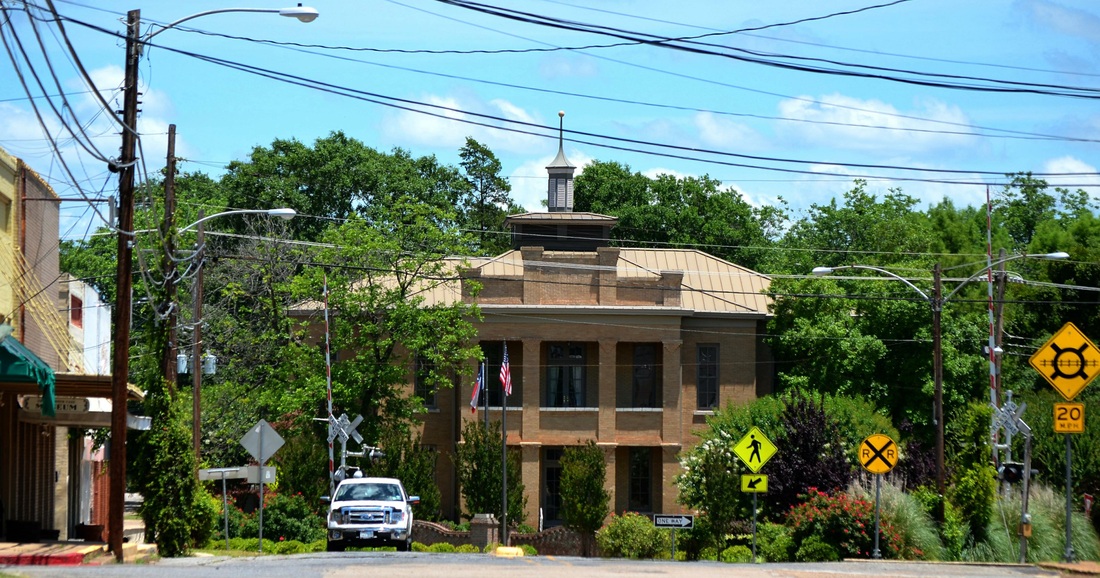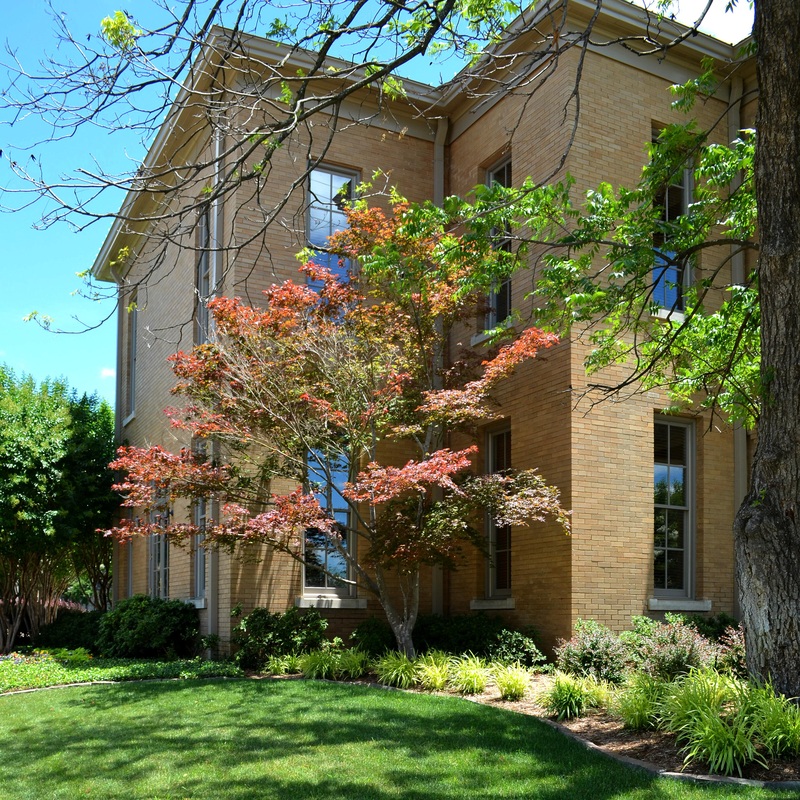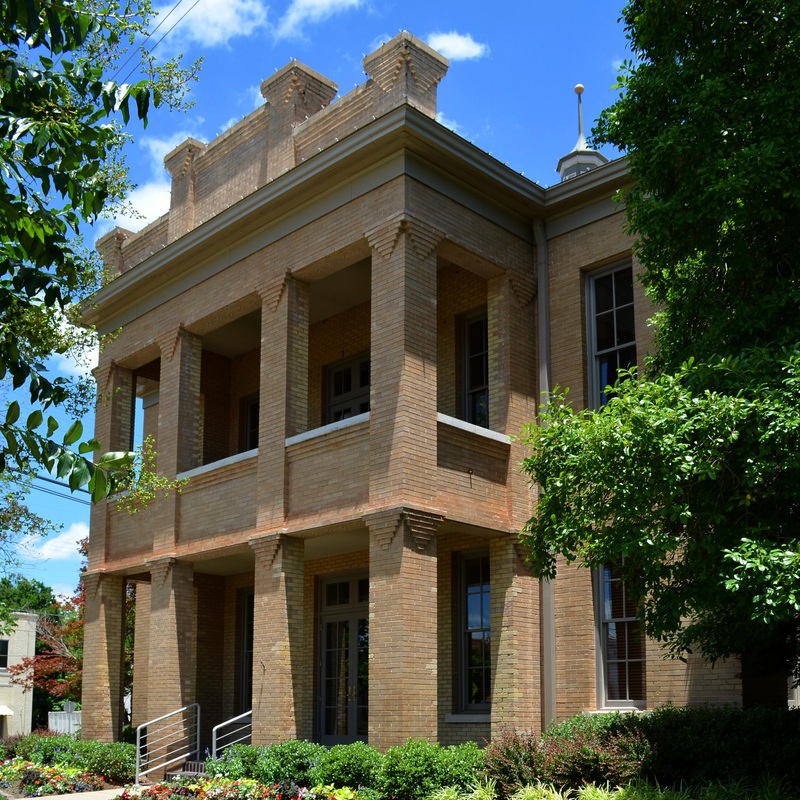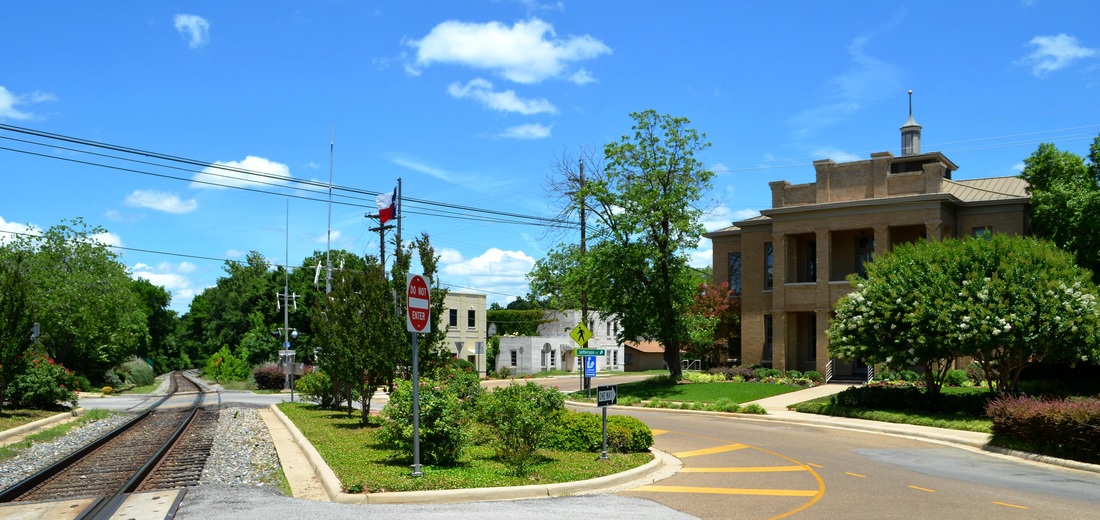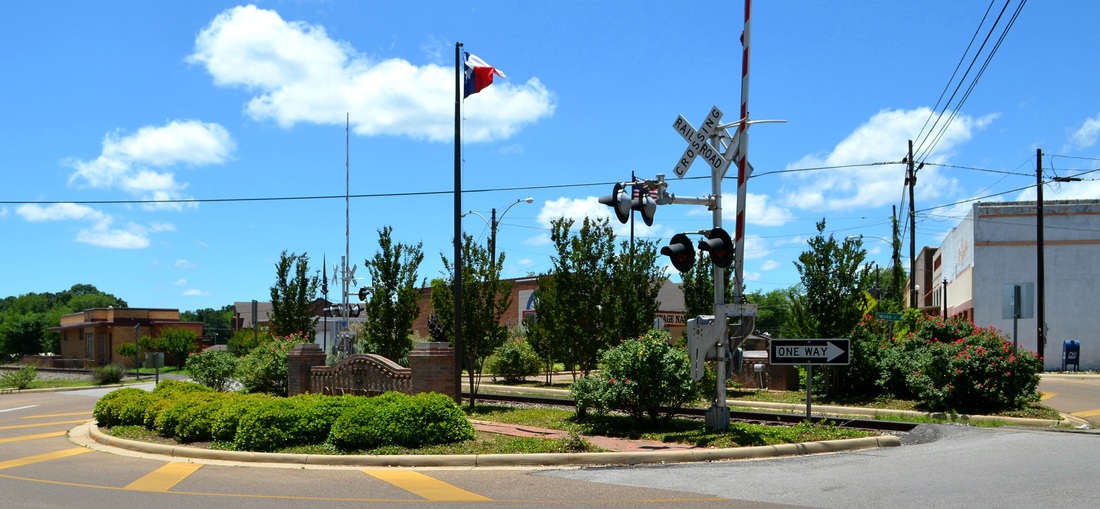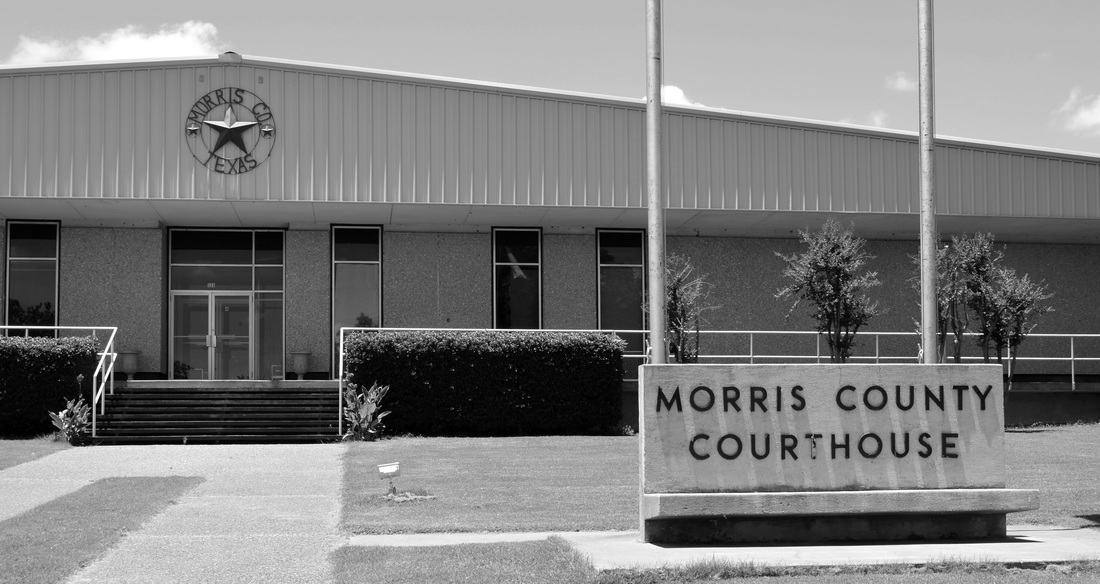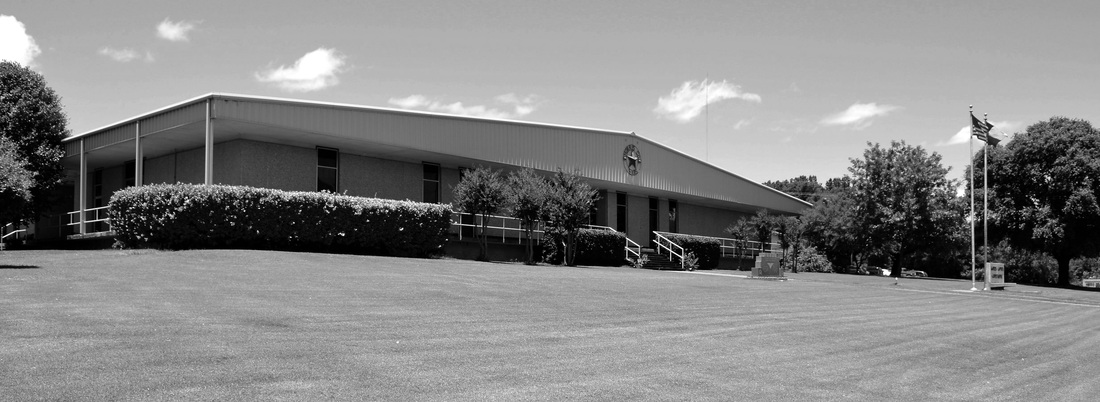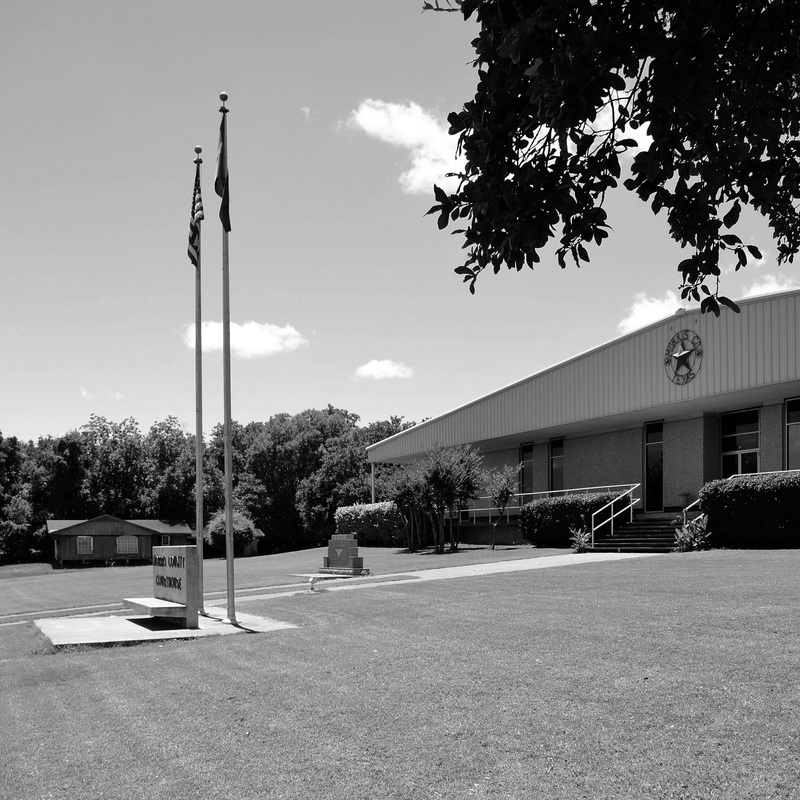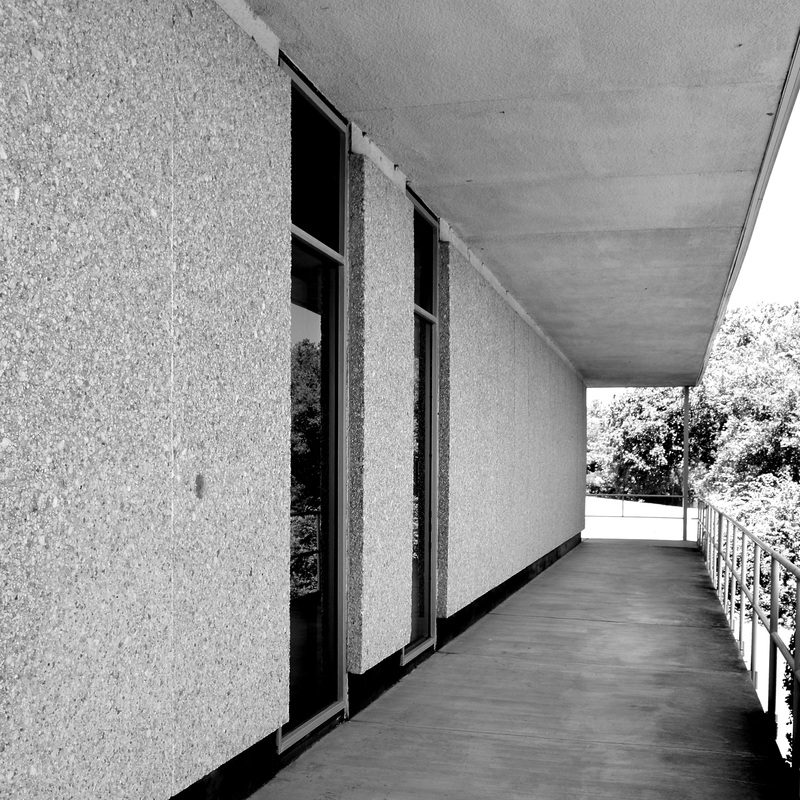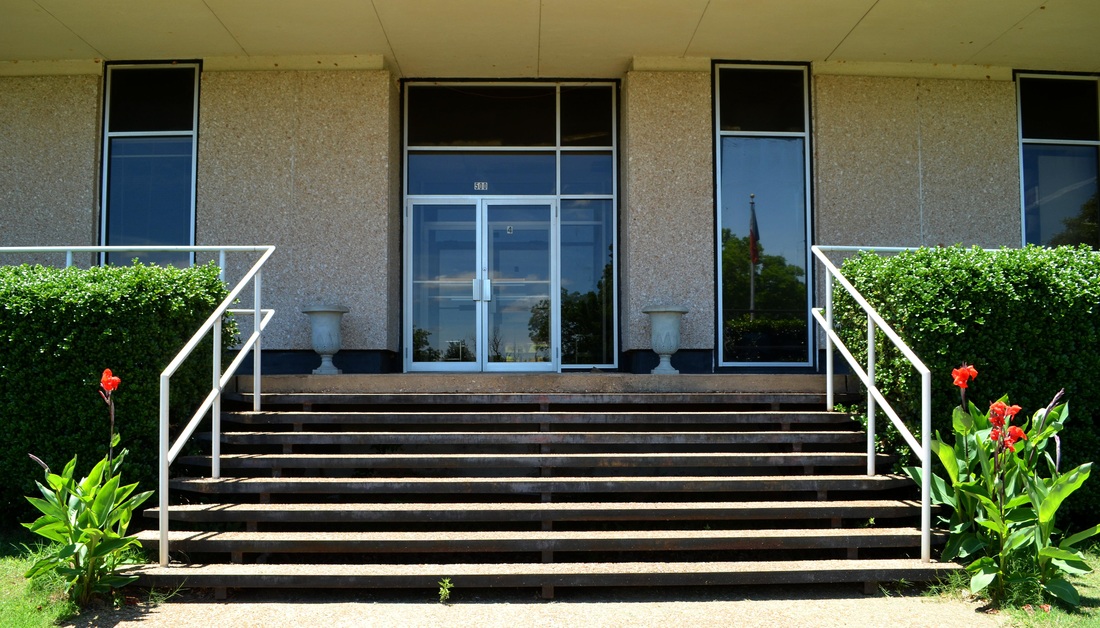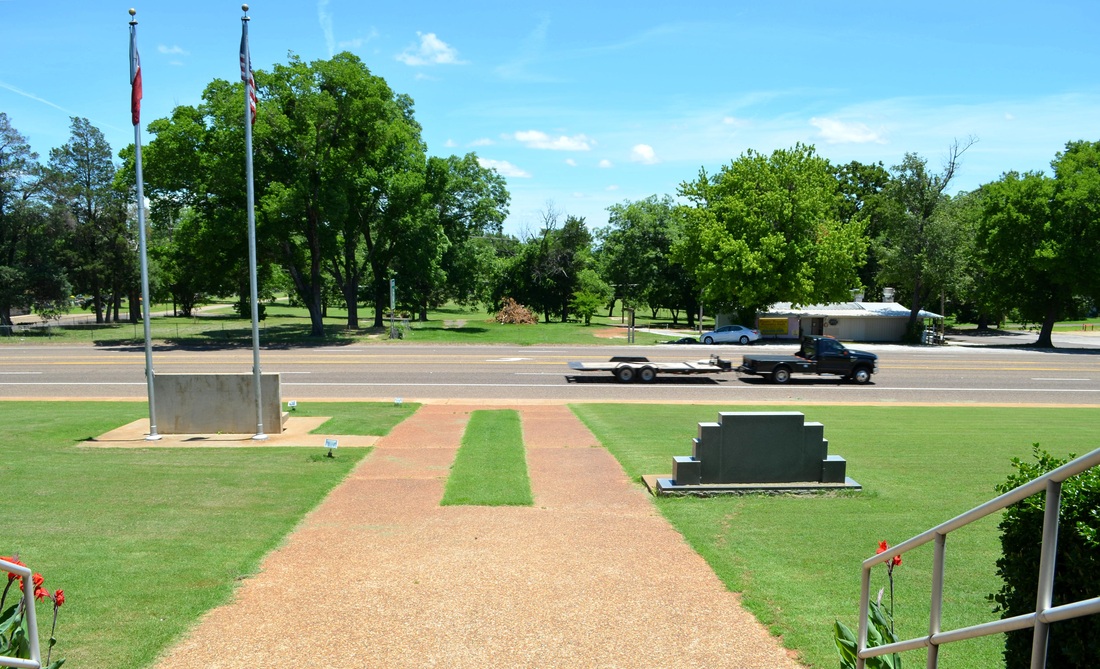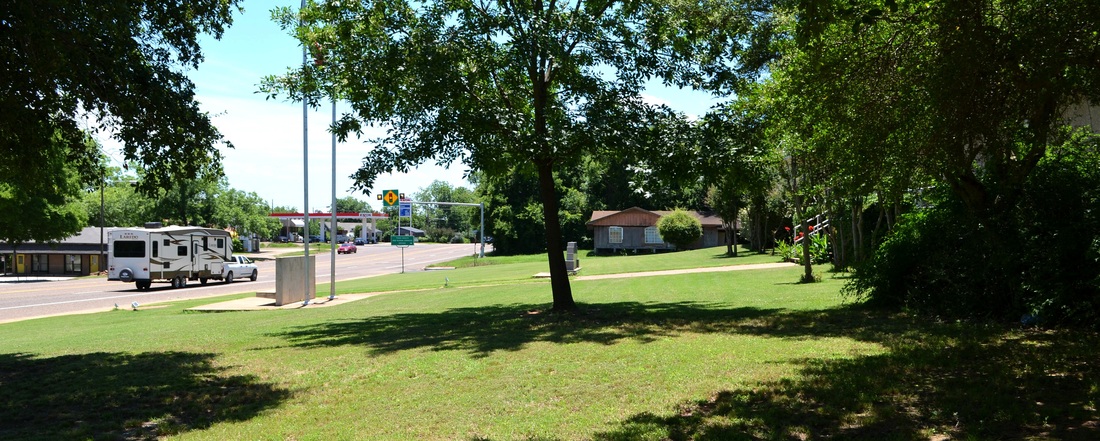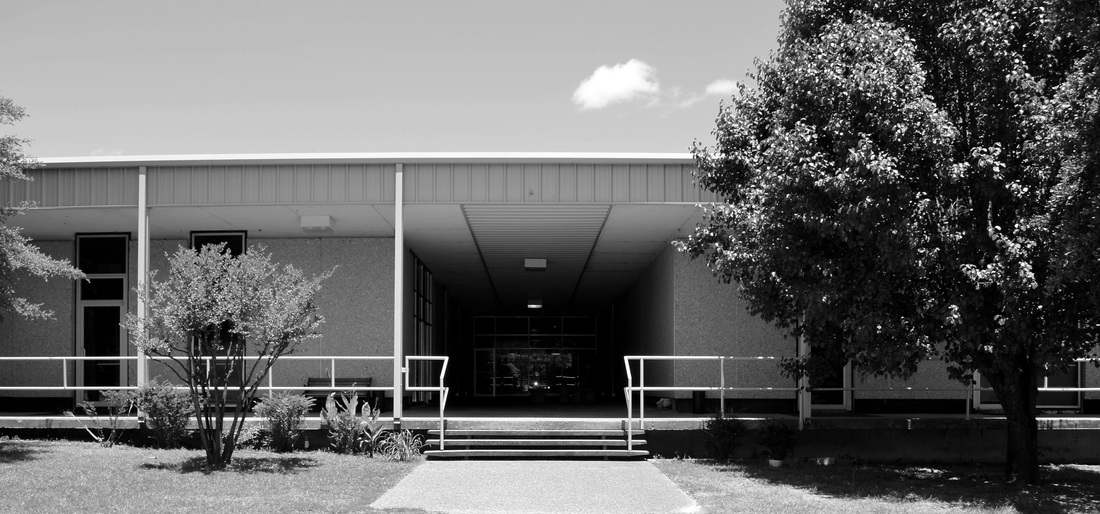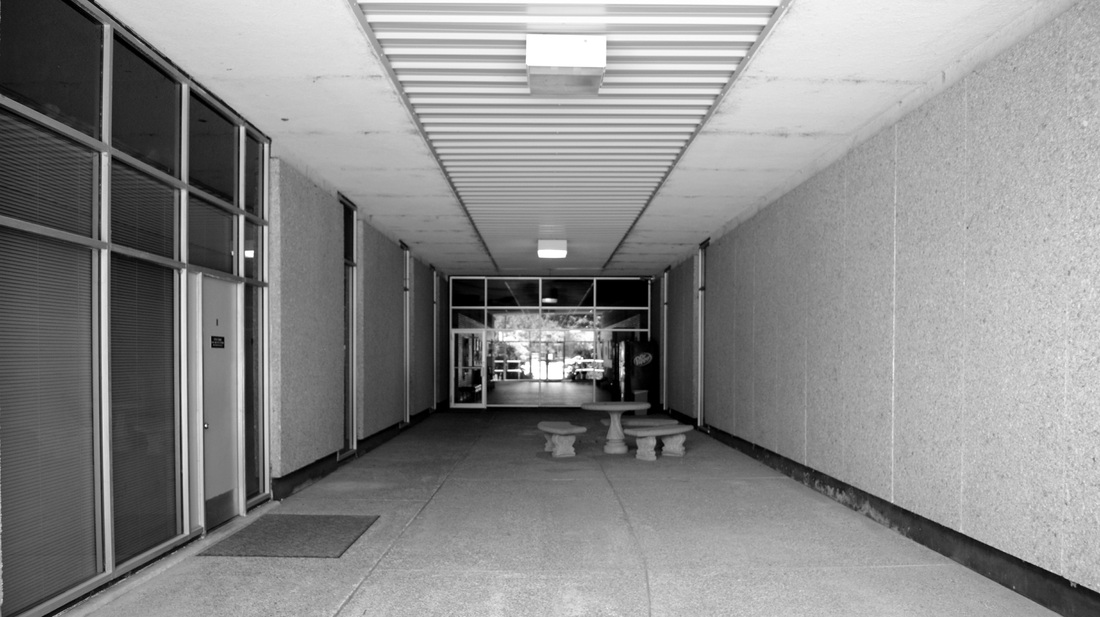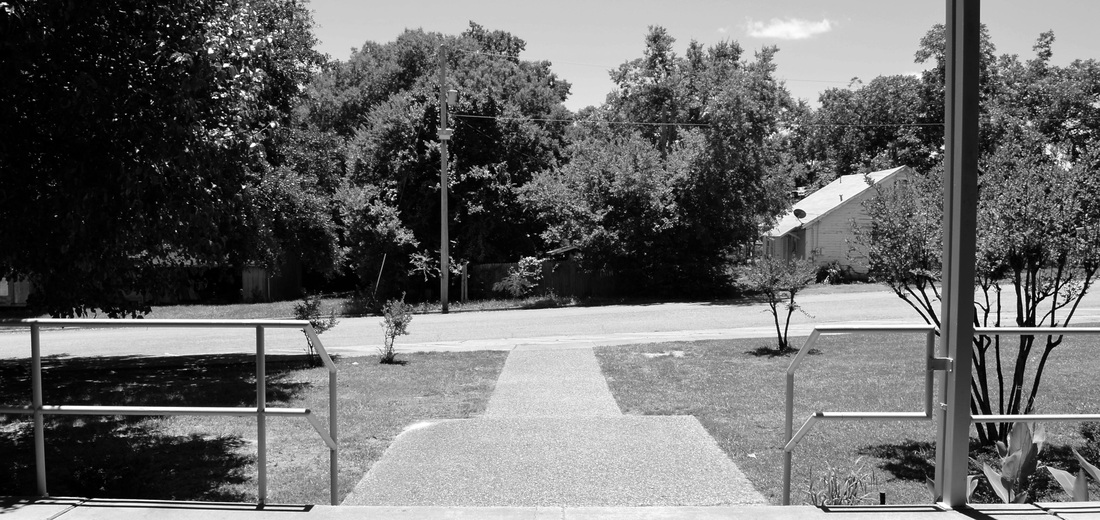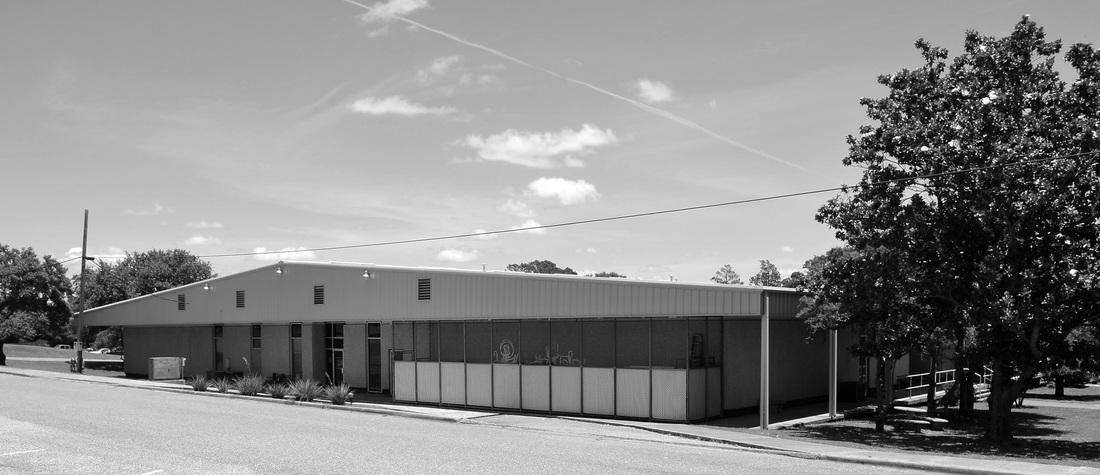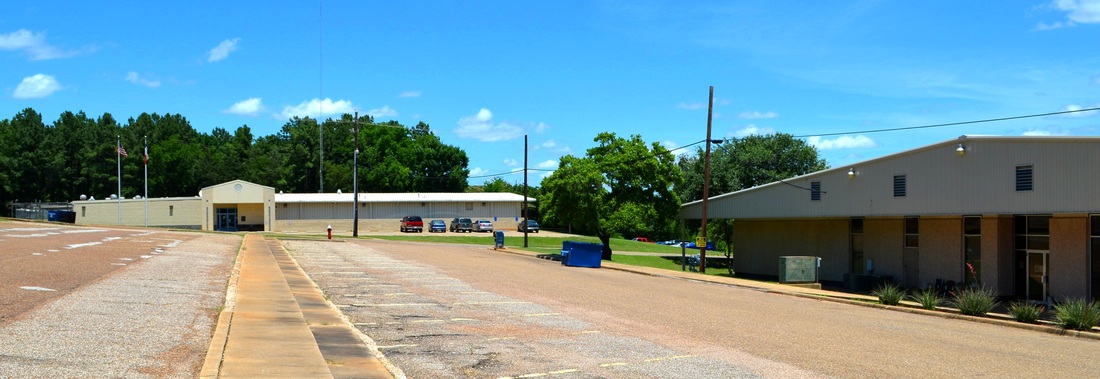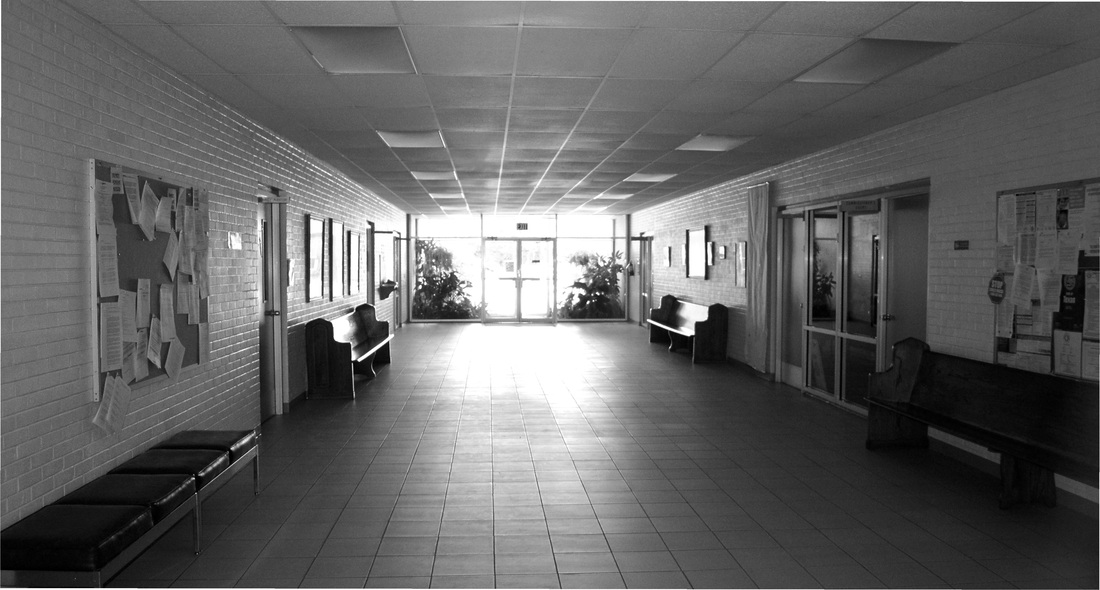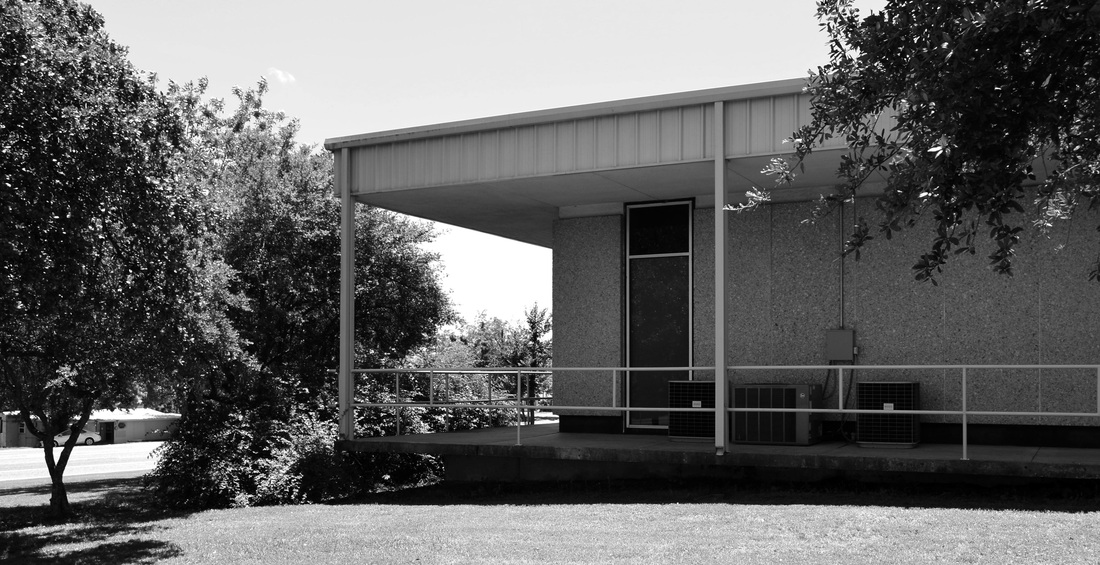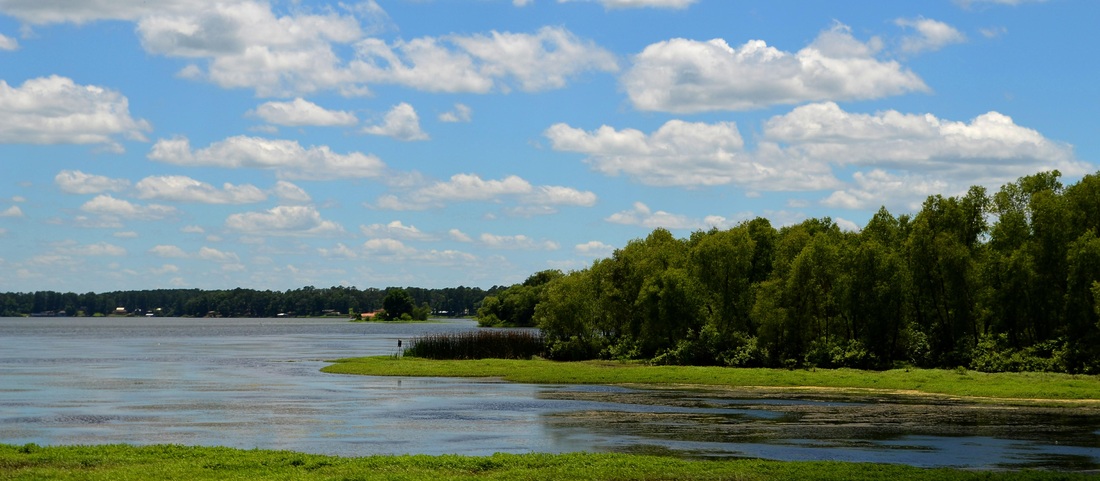215 of 254 Morris County Courthouse, Daingerfield, Texas. County Population: 12,934
|
"Morris County is located in northeastern Texas, one county removed from the state's northern boundary and one county removed from the state's eastern boundary. Morris County comprises 256 square miles of the East Texas timberlands, an area that is heavily forested with a great variety of softwoods and hardwoods, especially pine, cypress, and oak. The terrain ranges from gently rolling in the north to hilly in the south, with an elevation ranging from 250 to 600 feet above sea level.
"Before the existence of Morris County, five counties included all or part of its territory. In 1820 the area was organized as Miller County, Arkansas. In 1836 the tract became Red River County of the Republic of Texas. In January 1841 the Congress of the republic established Paschal County for judicial and other purposes and designated Daingerfield county seat. The act establishing Paschal County was ruled unconstitutional by the Supreme Court the next year because it did not provide the county with representation in the legislature. Subsequently, part of what was to become Morris County became part of Red River County, and the rest of the area was part of Bowie County. In 1846 the First Legislature of the state of Texas established Titus County, which included all of the territory in present Morris County. Morris County was demarked from Titus County on March 13, 1875, and probably named for William W. Morris. The county was organized on May 12, 1875, with Daingerfield as the county seat." Cecil Harper, Jr., "MORRIS COUNTY," Handbook of Texas Online |
I visited Morris County on Saturday, June 7, 2014 and photographed the courthouses in Daingerfield.
Morris County Courthouse 1882
"The old Morris County Courthouse was the first permanent seat of government built in one of Texas's smallest counties (259 square miles), formed in 1875 by subdividing an adjacent county. The courthouse, built in 1882, was not conceived as being architecturally unique. In fact, the contract specified the building was to be identical to the courthouse in nearby Franklin County, now demolished. The building thus represents the competitive and practical spirit of the newly prosperous region; the simplicity of the detailing however belies a rather complex and sophisticated plan designed to efficiently maximize natural light and ventilation with eighteen rooms having corner windows.
"Spared demolition in 1972 when the new courthouse was built on a different site, the Morris County courthouse has witnessed nearly a century of the daily civic affairs of a small town and county. John Levi Sheppard was a familiar figure in the courthouse for twenty years as district attorney and district judge until his election to the U. S. Congress in 1900. His son Morris Sheppard who was born and named with the county in 1875, was elected to his father's unexpired term in 1903 and thus commenced a distinguished forty-two year career in the U. S. Congress and Senate. Efforts are underway to preserve the courthouse as a landmark and center of local history in a town first settled in 1830 and is currently the headquarters of the Morris County first Museum and Historical Society." From the National Register narrative
The historic courthouse, designed by Peterson & Stuckey, is now owned and occupied by the law firm of Nix Patterson & Roach, a very successful plaintiff's firm that has its headquarters in Daingerfield.
"Spared demolition in 1972 when the new courthouse was built on a different site, the Morris County courthouse has witnessed nearly a century of the daily civic affairs of a small town and county. John Levi Sheppard was a familiar figure in the courthouse for twenty years as district attorney and district judge until his election to the U. S. Congress in 1900. His son Morris Sheppard who was born and named with the county in 1875, was elected to his father's unexpired term in 1903 and thus commenced a distinguished forty-two year career in the U. S. Congress and Senate. Efforts are underway to preserve the courthouse as a landmark and center of local history in a town first settled in 1830 and is currently the headquarters of the Morris County first Museum and Historical Society." From the National Register narrative
The historic courthouse, designed by Peterson & Stuckey, is now owned and occupied by the law firm of Nix Patterson & Roach, a very successful plaintiff's firm that has its headquarters in Daingerfield.
Morris County Courthouse 1973 Pierce, Pace & Associates
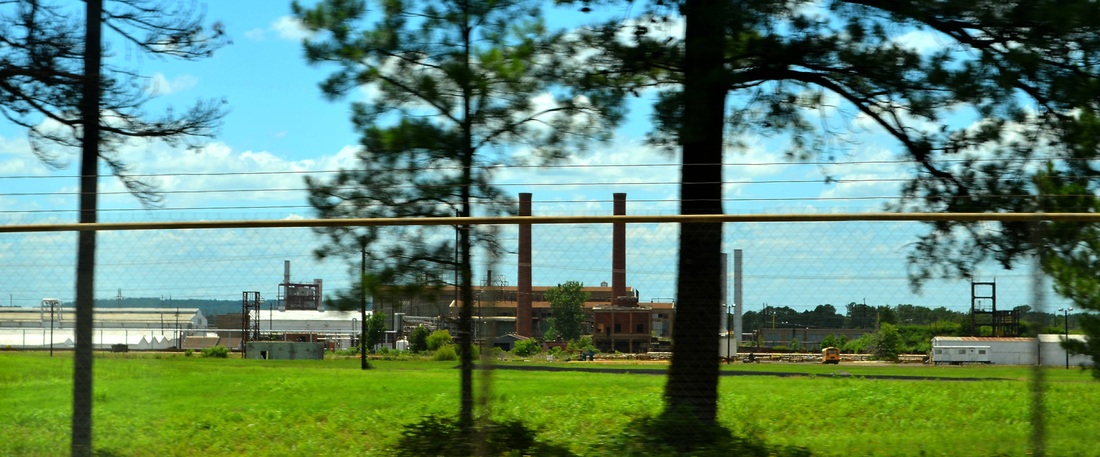
U. S. Steel’s Lone Star Tubular Operations in Morris County, Texas, manufactures and distributes high-quality electric-resistance welded tubular products primarily for the oil and gas industries. The facility also has two threading facilities, as well as several specialty/premium thread connections. Just sayin...
